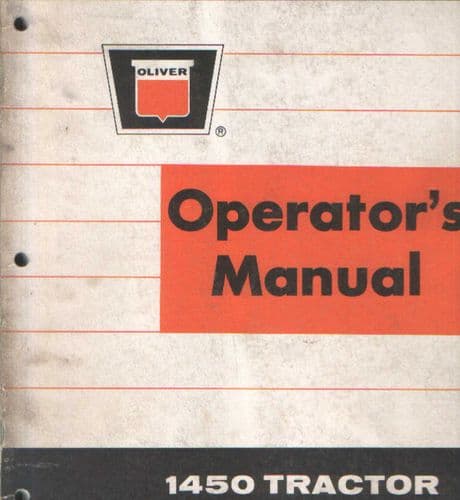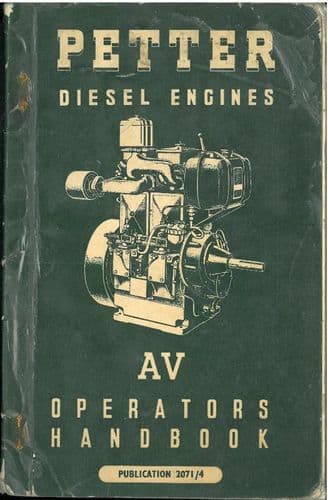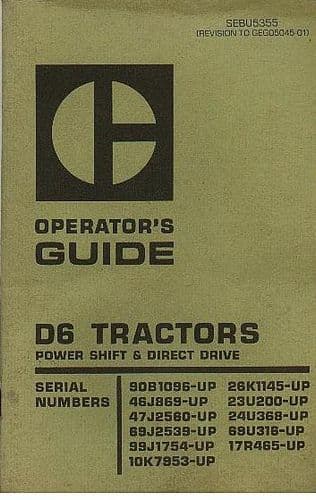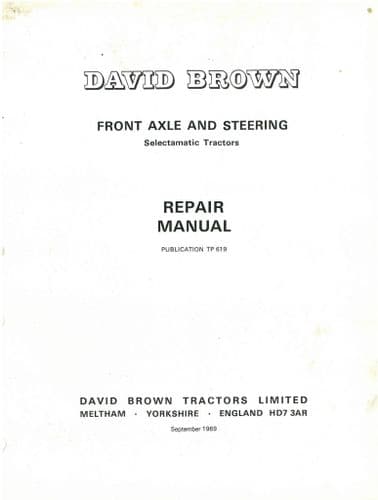
Machinery is the backbone of the farm and construction industries, playing a critical role in increasing productivity, reducing labour costs, and ensuring the efficiency of operations. In agriculture, equipment like tractors, harvesters, cultivation equipment are essential for planting and harvesting crops on time, directly influencing the success of the entire season. In the construction industry, heavy machinery such as bulldozers, excavators, and cranes are responsible for completing complex tasks like earthmoving, site preparation, and lifting heavy materials.
The downtime of any of this machinery can have a significant ripple effect, leading to delayed projects, lost revenue, and reduced productivity. Whether it’s a construction project or a farming operation, equipment failure during peak seasons can cause bottlenecks, disrupt workflows, and ultimately hurt the bottom line. This is why the ability to repair and maintain machinery effectively is so vital, and having the correct information on hand, in the form of detailed workshop manuals, is an indispensable part of that process.
What’s Inside a Workshop Manual:
A workshop manual is much more than a simple guide; it’s a comprehensive resource that ensures technicians have all the information needed to perform repairs and maintenance on machinery. Many of these manuals are structured in a way that provides clear, detailed guidance, often broken down into several key sections, each serving a distinct purpose in the repair process.
1. Diagnostic Procedures: Diagnostic procedures are perhaps the most crucial section for troubleshooting machinery issues. These step-by-step instructions guide technicians through the process of identifying the root cause of a malfunction. By following these procedures, technicians can isolate the specific problem, whether it’s related to the engine, hydraulics, electrical systems, or other components. Without a structured diagnostic approach, it’s easy to miss underlying issues or misdiagnose problems, which can lead to wasted time, unnecessary repairs, or even further damage to the machinery.
2. Diagrams and Exploded Views: Workshop manuals include detailed diagrams and often also include exploded views of the machinery. These diagrams show all the components of a machine and their relationships to one another. For a technician, these visuals are invaluable in locating the exact part that needs to be repaired or replaced. Parts diagrams also help ensure that technicians understand the assembly and disassembly processes, reducing the risk of missing a step or damaging a component during the repair.
3. Torque Specifications: Torque specifications are another key section, outlining the precise amount of force to be applied when tightening bolts and fasteners. Using the correct torque is critical—too little torque can result in loose parts that fail under stress, while over-tightening can cause threads to strip or parts to crack. By following the torque specifications provided in the manual, technicians ensure that each component is securely fastened, minimizing the risk of further damage and ensuring the machine operates safely and effectively.
4. Maintenance Schedules: Following a maintenance schedule ensures that machinery remains in peak condition and can help identify potential issues before they become major problems. Preventative maintenance, guided by these schedules, is key to extending the lifespan of expensive farm and construction machinery and minimizing unplanned downtime.
________________________________________
The Importance of Detailed, Step-by-Step Instructions:
One of the greatest advantages of a workshop manual is its ability to break down complex repair procedures into manageable, step-by-step instructions. These instructions guide technicians through each task in a logical, easy-to-follow sequence, leaving little room for error. The importance of these detailed guidelines cannot be overstated—by following the manual precisely, technicians can avoid costly mistakes, reduce the risk of injury, and ensure that machinery is returned to service as quickly and safely as possible.
________________________________________
How This Information Helps Technicians Understand the Machinery:
The detailed nature of workshop manuals does more than just provide repair instructions; it also serves as an educational tool for technicians. By studying the diagrams, torque specifications, and diagnostic procedures, technicians can gain a deeper understanding of how the machinery operates, how its components interact, and why certain adjustments are necessary.
This deeper knowledge allows technicians to make more informed decisions during repairs, as they understand not just how to fix a specific issue, but why that issue occurred in the first place. It also helps them recognize potential problems that may not yet be apparent, enabling preventative measures before a breakdown occurs. Understanding the machinery inside and out, empowered by the manual, ultimately leads to more precise and efficient repairs, reducing the likelihood of repeated failures and extending the life of the equipment.
In industries where time and precision are critical—like farming and construction—having accurate, reliable information is essential when it comes to machinery repairs. Workshop manuals are indispensable tools that not only provide guidance for complex adjustments but also ensure that repairs are done right the first time. By offering diagnostic procedures, torque specifications, and maintenance schedules, these manuals help technicians navigate through intricate machinery systems, reducing the risk of costly mistakes and downtime.
Repairing machinery without a workshop manual is akin to navigating unknown terrain without a map. The likelihood of missing crucial details or making errors increases significantly, leading to potential equipment failures or suboptimal performance. Workshop manuals are the safety net that ensures repairs are done correctly and efficiently.
Workshop manuals should be readily available, whether in physical form or in a digital format, and should be used as the primary reference for every repair. Neglecting to consult the manual, even for seemingly small adjustments, can lead to unnecessary errors, delays, and expenses.
In Essence:
To prevent unnecessary mistakes and ensure machinery is maintained in optimal working condition, it is crucial that workshop manuals are kept within reach and used properly.
Workshop Service Repair Manuals — whether it’s in the workshop, on-site, or digitally accessible. Don’t wait until an issue arises—ensure your manuals are always on hand and ready to guide you to successful, accurate repairs.
Hard Copy Manuals - www.agrimanuals.com
PDF Manuals - www.digiagrimanuals.com
Instant Download Manuals - www.agrimanualspdfvault.com and www.agrimanualspdfstore.com




